4 plants with natural holes in their leaves – and how to make them thrive
Natural leaf holes, or fenestrations, look both unusual and spectacular for certain species
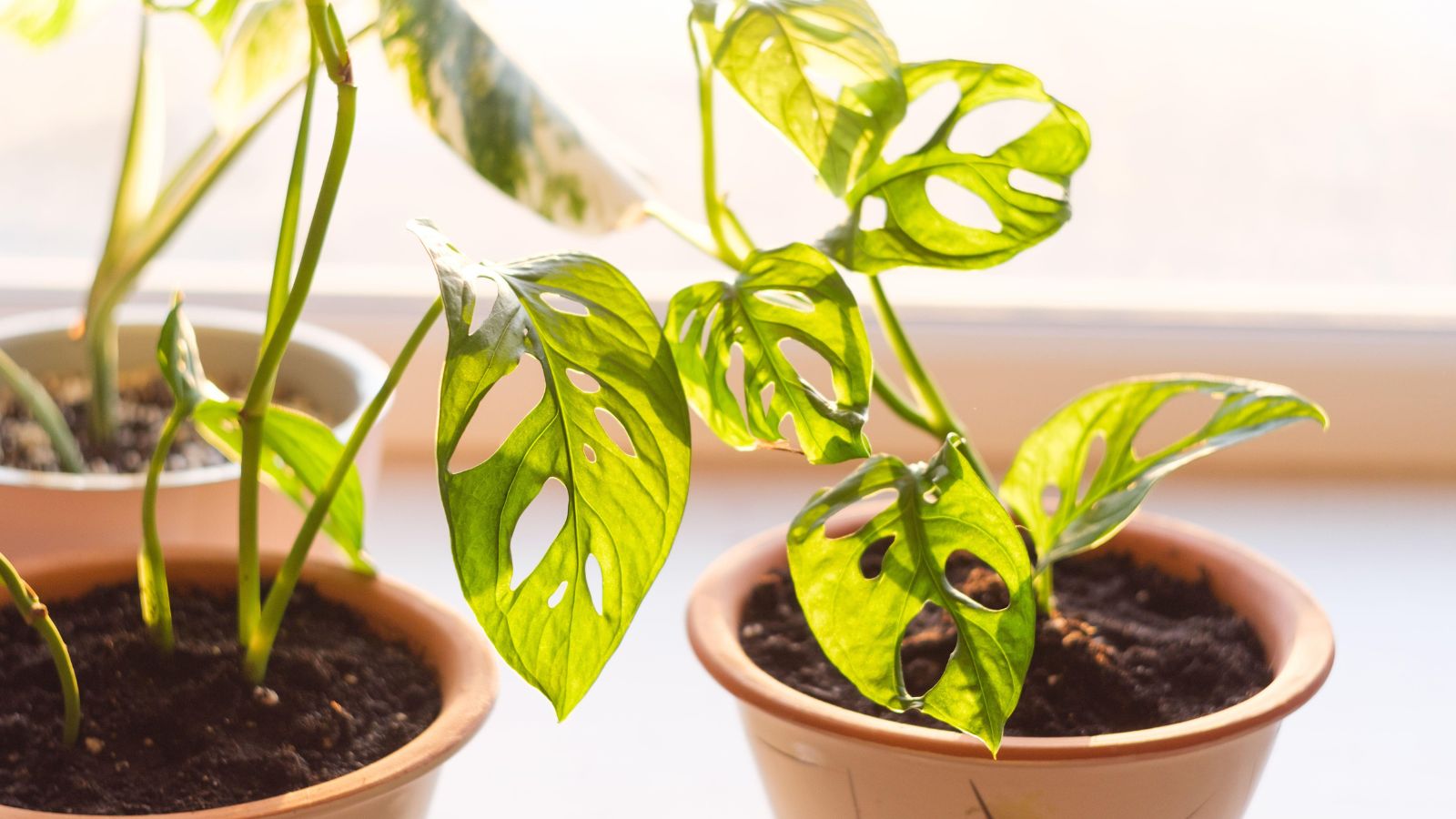

People add plants into their homes for all sorts of reasons: injecting color, bringing the outside in, seeking to reap the benefits of plants, or seeking to create a calming, meditative space.
With endless plant choices, it can be hard to know which of the best indoor plants to pick. But if you're looking for something aesthetically incredible, opting for a plant with holes in its leaves is sure to hit the mark.
There aren't too many plants with natural holes in their leaves but this guide will give you insight into some of the options. Monstera plants are a particularly popular choice, and monstera care isn't too difficult either.
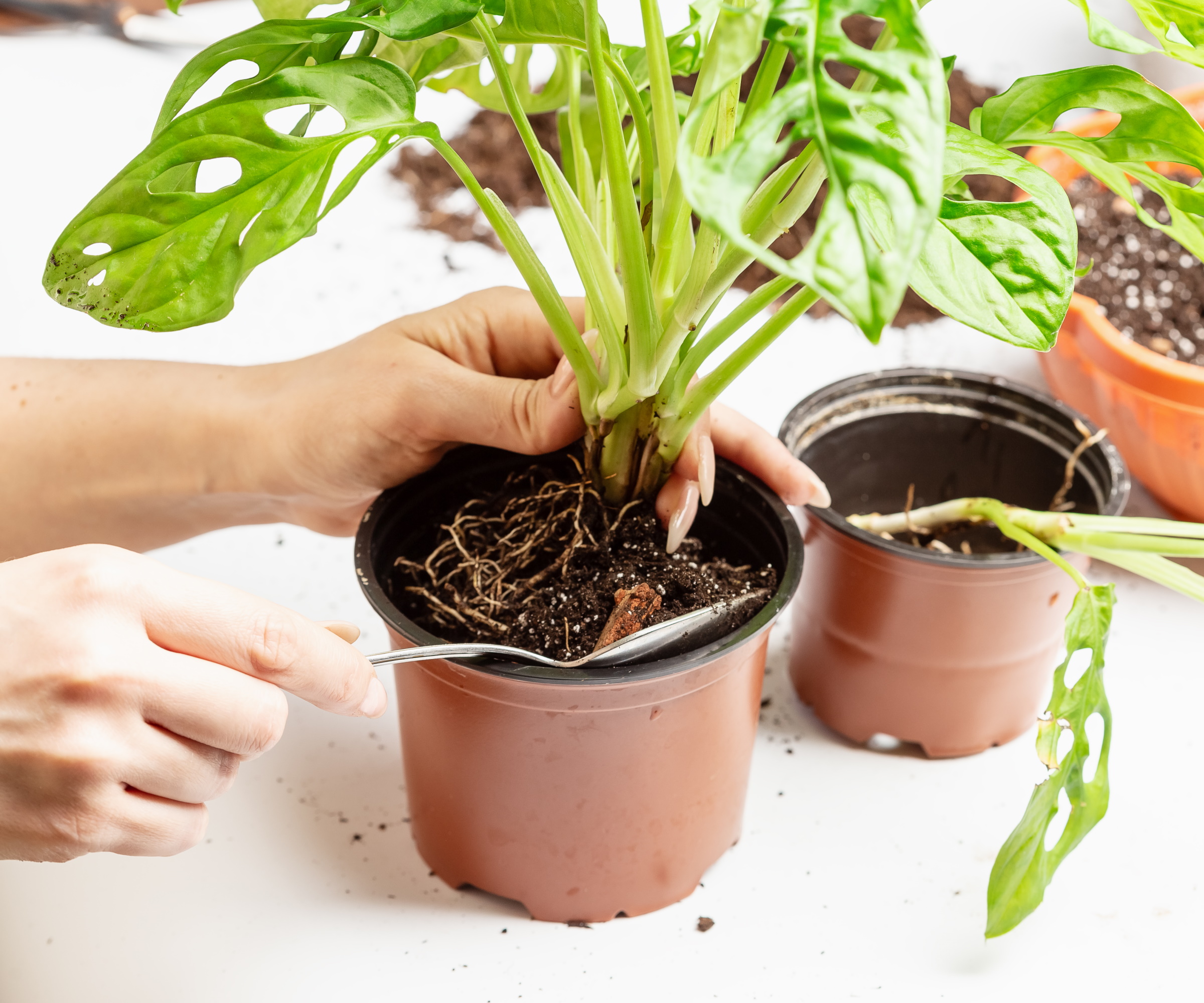
4 plants with natural holes in their leaves
The following four plants are sure to add something unusual and exciting to your space. Wherever you grow indoor plants, in the kitchen, bedroom or bathroom, these plants will add a touch of brilliance to your indoor jungle.
1. Mini Monstera
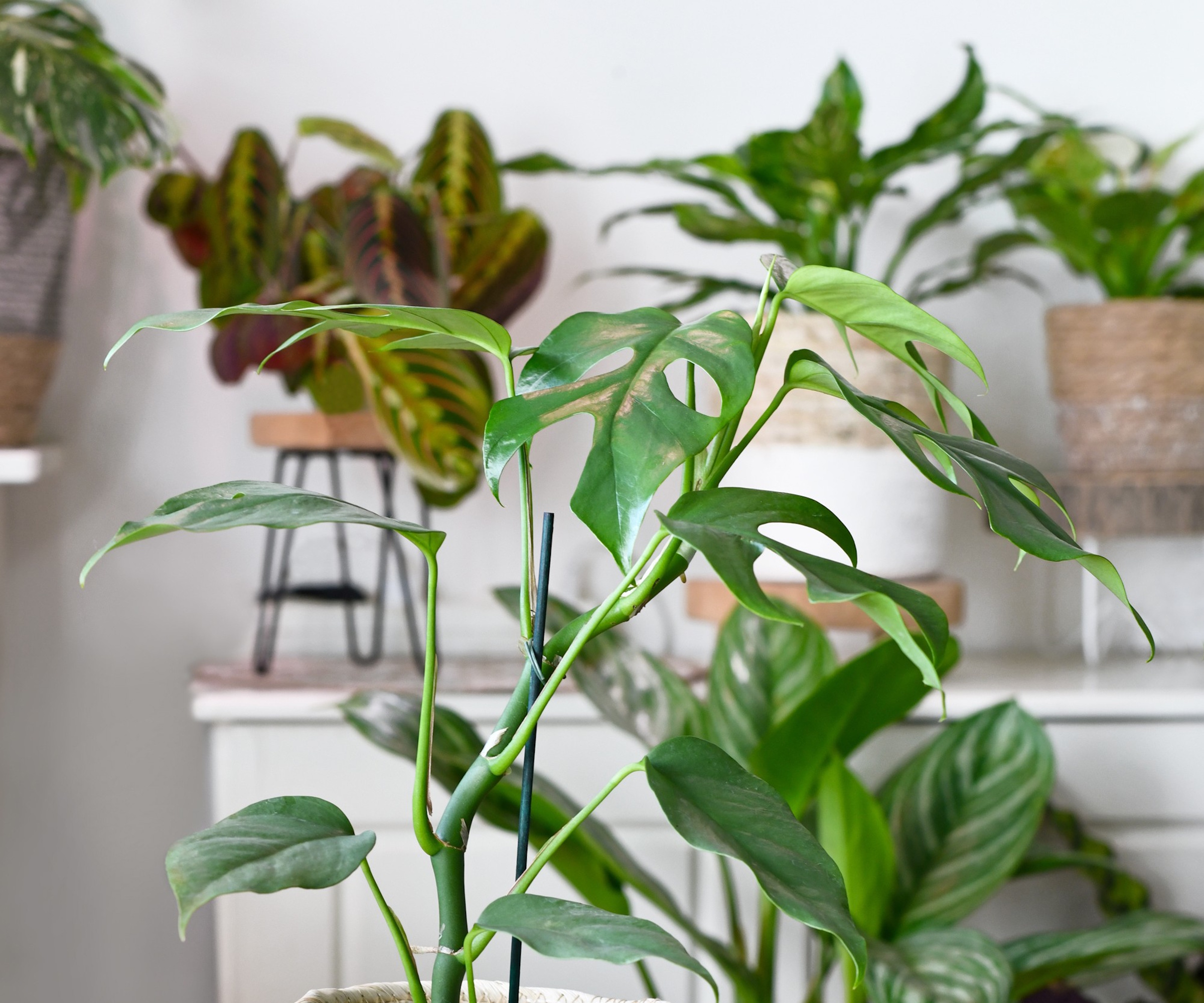
The mini monstera, or Rhaphidophora tetrasperma, is well-liked for its unique leaves and smaller stature compared to other monstera varieties. Fitting perfectly into a household to add visual interest or in a corner of an apartment lacking greenery, a mini monstera mostly requires good lighting to thrive and reach its peak of eight feet tall.
Jessica Mercer, senior content marketing coordinator and plant expert at Plant Addicts, says: 'Mini monstera prefer bright, indirect light and will struggle in low light conditions. Well-drained, slightly acidic soil in organic matter will also really help this plant, as well as decent levels of humidity.'
To help your mini monstera achieve its optimal climate, you can invest in a grow light such as the SANSI grow light for indoor plants from Amazon, ideal to clip onto a nearby shelf, as well as the fertilome soil acidifier from Amazon which will alter the PH of your monstera's potting mix.
A monstera plant typically enjoys soil acidity levels between 5.5 and 7, which you can read using a device such as the 4-in-1 soil meter from Amazon. This tool will tell you all about your soil's PH as well as its moisture levels and intensity of sunlight.
Ideal humidity levels can be accomplished through the addition of a small humidifier in your plant's space, such as the small green humidifier for indoor plants from Amazon.

Jessica Mercer, PhD, is the Senior Content Marketing Coordinator for Plant Addicts. As a “plant collector”, Jessica enjoys growing many different plants and learning about the best cultural practices for each. Writing for Plant Addicts is a real joy for her, as she can use her science background to research interesting plant topics. She carefully considers how to best present the information to other gardeners, with a focus on sustainability and the environment.
2. Madagascar Laceleaf
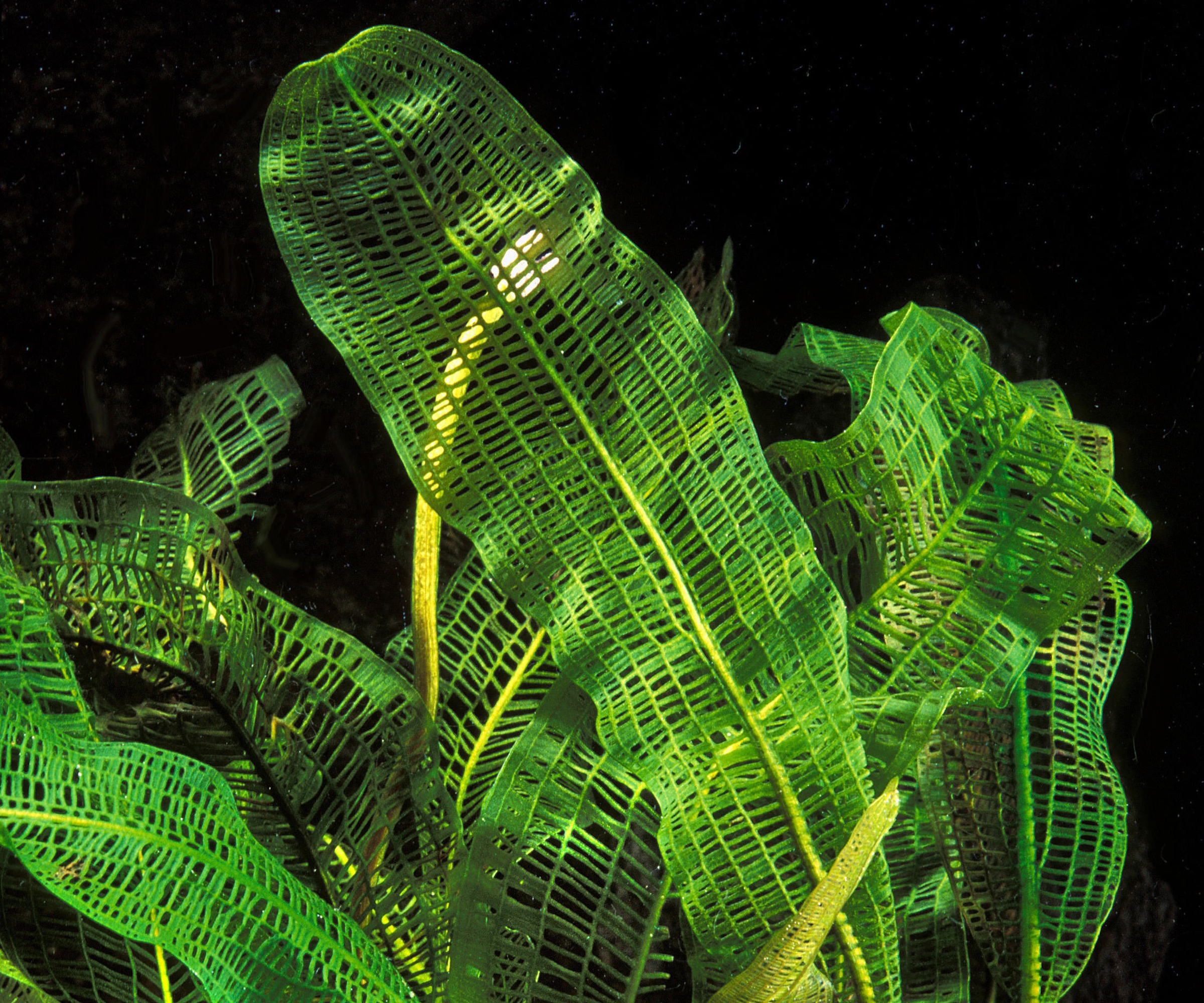
The leaves of a Madagascar laceleaf plant, Aponogeton madagascariensis, are like a finely woven mesh, or lace, interlocking and weaving to create the silhouette of a leaf in a fine form. Looking beautiful in the light, the composition of a Madagascar laceleaf plant is incredibly delicate, but only found underwater.
Calvin Li, owner of PAFE Plants, says, 'The Madagascar laceleaf is an aquatic plant that would make a fascinating addition to your aquarium. It has a grid of orderly fenestrations, like windows in a skyscraper. It almost looks like the skeleton of a leaf, but we prefer the lace reference because it's so pretty.'
Whether you keep an aquarium filled with fish or one purely to admire underwater greenery, it's necessary to keep your aquatic plants in the correct climate.
'A laceleaf lives best in medium to high light and temperatures around 80°F (26°C),' says Calvin. 'Your aquatic tank will also require adequate water circulation.'
To ensure your tank's temperature and circulation are where they should be, make sure to check your air filtration system regularly for blockages and invest in a temperature gauge for your tank.
My mom has used a temperature strip like the LLC liquid crystal aquarium thermometer from Amazon for years and it's worked well.

Calvin Li grew up helping customers pick out the perfect plants for their homes and offices—and he even advised Saks Off Fifth as they selected plants for their corporate offices. He then went on to study horticulture in college, and now he’s expanded his family business online, PAFE Plants (standing for 'Plants Are For Everyone'). Every day, customers come into his shop with all sorts of plant questions, and he loves helping them select plants and solve problems.
3. Swiss Cheese Plant

If you've ever seen a plant with natural holes and/or deeply lobed leaves, it was likely a Swiss cheese plant. Otherwise known as a monstera deliciosa, the Swiss cheese plant is one of the most popular members of the monstera family, loving warm, humid conditions and frequent indirect sunlight.
Andrew Bunting, vice president of horticulture at the Pennsylvania Horticultural Society, says: 'The deep lobes and fenestrate broad leaves create a “Swiss cheese” look. This bold textured houseplant creates a noticeable architectural feature for the home or conservatory, hence why it's so popular. It's even featured in several well-loved paintings if you research it.'
This plant would look amazing and grow healthily near a patio or by a tall window. However, be careful not to place your Swiss cheese plant by a window that's exposed to too much sunlight, otherwise your plant risks burning.
It's also necessary to prune your monstera plant to help prevent its long frame from making contact with scorching hot window panes.
Monstera plants are available from Walmart.
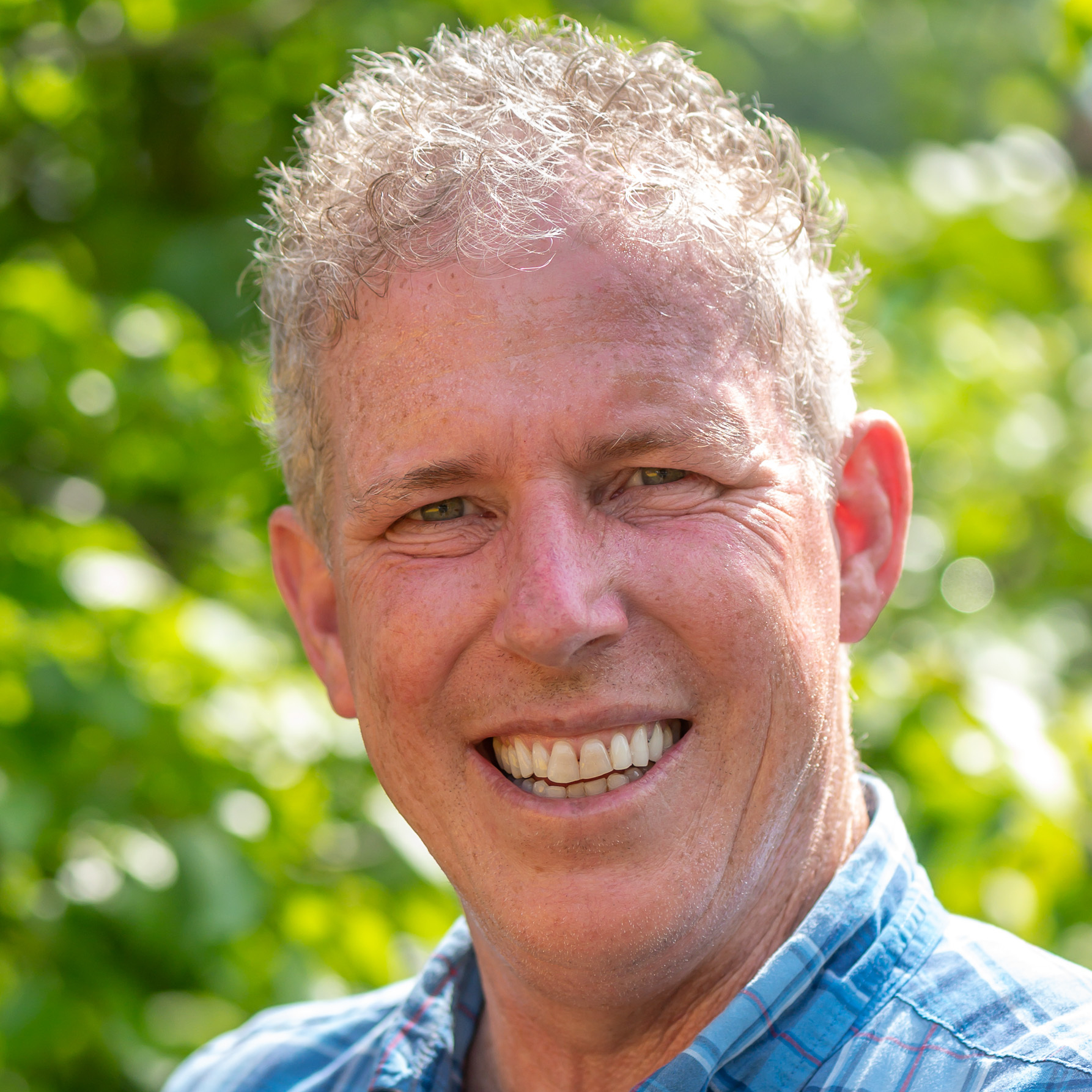
Andrew Bunting is Vice President of Horticulture and leads the utilization of planting and design to promote environmentally sound gardening practices at PHS. Prior to arriving at PHS, Andrew worked at the Chicago Botanic Garden, Chanticleer Garden, and the Scott Arboretum for a tenure of 27 years, and has received many commendations for his work. In 2015, Andrew published his first book, “The Plant Lover’s Guide to Magnolias.”
4. Monstera Obliqua 'Peru'

The Monstera obliqua 'Peru' plant is a rare variety in the Monstera family. Its leaves are more open space than leaf, with large fenestrations. This makes the plant structurally abstract in an astounding way, but as a byproduct, it's incredibly delicate.
'It's rare to encounter a plant this cool, but with this rarity comes fussiness about the conditions it needs to be kept in,' says Calvin. 'To thrive, this plant will need high humidity. High as in 80 percent or even higher.'
A monstera obliqua might not be for everyone but if you wish to keep some, it's recommended to grow them in a greenhouse or to make a terrarium.
Calvin continues to detail more of the particular care needs of this fussy plant: 'Bright indirect light is this plant's preference, at least 7 hours per day. Water it once a week, but make sure an inch or two of topsoil is dry first. Monstera obliqua like moist soil, but will struggle to withstand root rot.'
Keeping a thermometer in your greenhouse or terrarium area, ensuring it enjoys consistent temperatures of around 77°F (25°C) is recommended. This may be hotter than you'd like your home to feel, so for many, a greenhouse is the best choice.
If you have a small yard or don't wish to invest in a large greenhouse for your monstera obliqua, the outsunny mini portable greenhouse from Target is a great choice. Housing very few plants (though more depending on each plant's size), this beginner-friendly greenhouse will help your sun-loving plants get all the light and humidity they need to thrive.
FAQs
What if other plants I own have holes in their leaves?
If you're finding holes in the leaves of other plants you own, they may not be naturally occurring. It's important to do your research and, if the holes aren't natural, figure out the ailment impacting your greenery.
Ofra Gaito, CEO of Verdant Lyfe plant shop, says: 'The most common reasons for a plant's leaves to develop holes are associated with nutrient deficiency, the air being too hot and dry, or insects chewing the leaves. If your plant is receiving inadequate levels of light, holes can also form.'
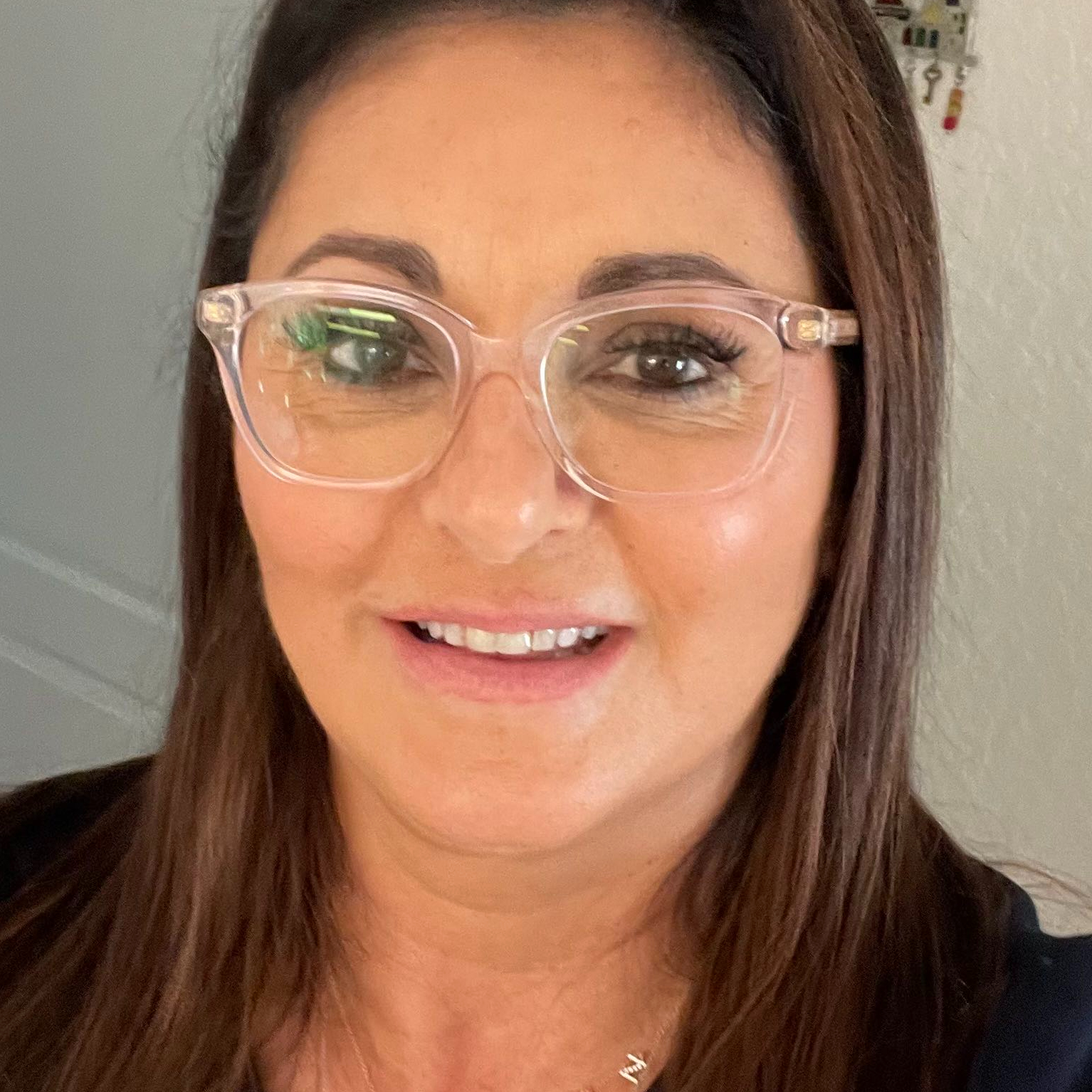
In 2020, Ofra Gaito founded Verdant Lyfe, an e-commerce company born to help and share live plants with both plant lovers and new plant beginners. The company packs and ships hundreds of orders every week to homes and businesses all over the USA. At the head office in South Florida, Ofra and her team conduct workshops every six weeks that involve the plant world. Ofra hosts live radio program Grow Your Lyfe every Friday at 1:45 pm EST on 101.9FM Omega radio.
If you're looking for more plants to accompany interesting varieties like the Monstera obliqua in a terrarium, we've compiled a guide to the best terrarium plants, providing insight on ten varieties destined to thrive in warm temperatures.
Sign up to the Homes & Gardens newsletter
Design expertise in your inbox – from inspiring decorating ideas and beautiful celebrity homes to practical gardening advice and shopping round-ups.

Ciéra is a writer and regional laureate with particular passions for art, design, philosophy and poetry. As well as contributing to Livingetc, she's an Editorial Assistant for Design Anthology, and a contributing writer for Homes & Gardens and Apartment Therapy. Previous commendations of hers include being Highly Commended by The Royal Society of Literature and receiving a prestigious MA Magazine Journalism scholarship to City University, London.
-
 Martha Stewart's intelligent cabinets 'take every inch into consideration' – their 'visually light' style will solve your small kitchen storage problems
Martha Stewart's intelligent cabinets 'take every inch into consideration' – their 'visually light' style will solve your small kitchen storage problems'Every kitchen can be beautiful and functional, no matter what the size': 9 years since sharing her clever storage, Martha's cabinets are just as beautiful
By Megan Slack Published
-
 This once-dated kitchen is now a timeless space with the coziest details – and its the classic color palette that's made it a chic, welcoming space
This once-dated kitchen is now a timeless space with the coziest details – and its the classic color palette that's made it a chic, welcoming spaceWarming colors and natural materials combine to create this enduringly classic kitchen scheme
By Molly Malsom Published
-
 I regret buying this hard-to-please houseplant – here's why you should avoid it, too, and 3 alternatives to invest in instead
I regret buying this hard-to-please houseplant – here's why you should avoid it, too, and 3 alternatives to invest in insteadNo matter how much I adjust its growing environment, I cannot get pin-stripe calathea to thrive in my home
By Tenielle Jordison Published
-
 I'm doing these 5 things to transition my indoor plants out of winter – experts say this essential spring houseplant care will ensure a thriving indoor jungle
I'm doing these 5 things to transition my indoor plants out of winter – experts say this essential spring houseplant care will ensure a thriving indoor jungleHelp your plants recover from any winter damage and support them out of dormancy with these easy and quick tasks
By Tenielle Jordison Published
-
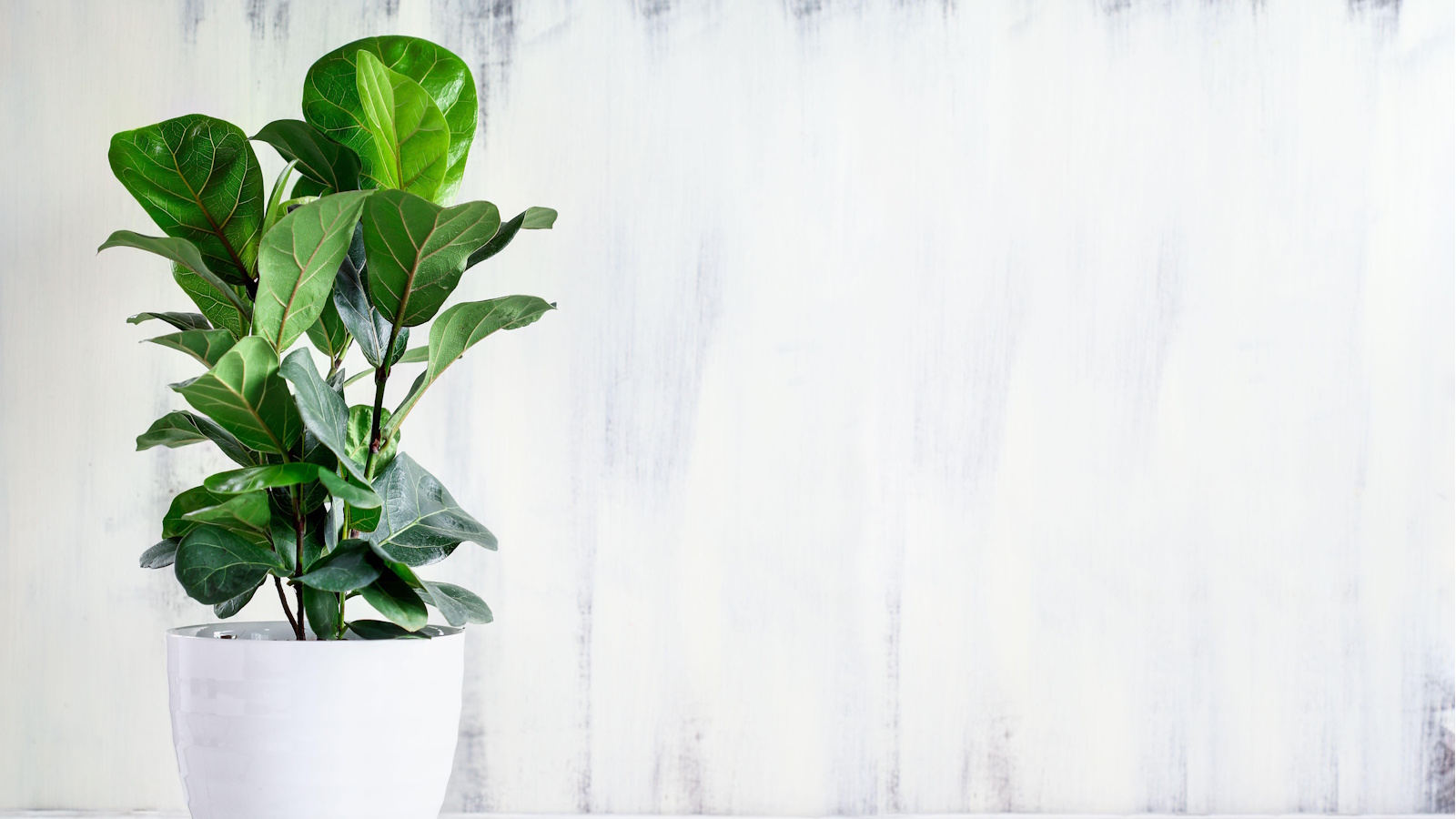 How to make your own fiddle leaf fig potting mix – a quick DIY to support healthy houseplant growth
How to make your own fiddle leaf fig potting mix – a quick DIY to support healthy houseplant growthDon't forget to include plenty of nutrient-rich ingredients
By Tenielle Jordison Published
-
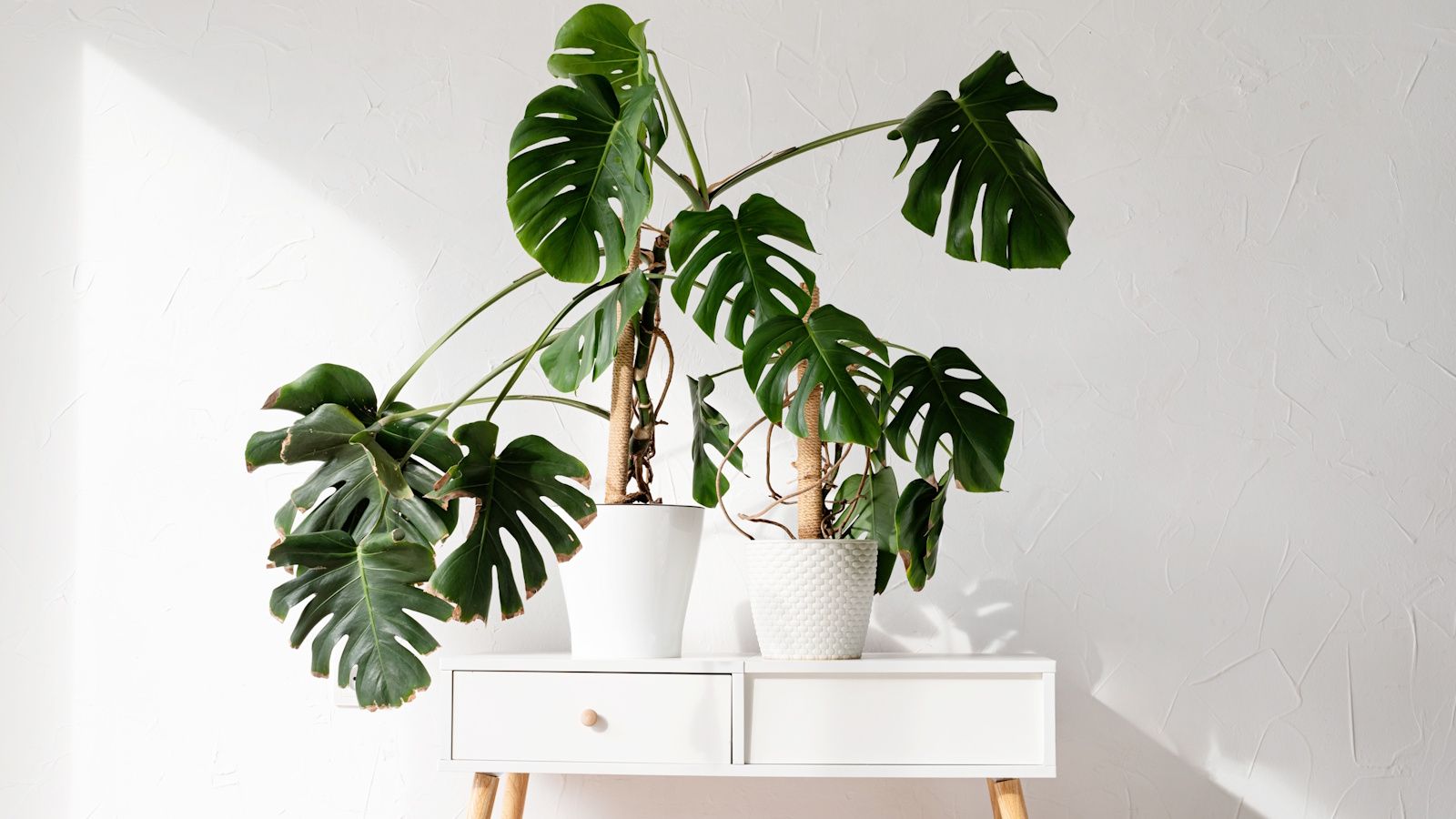 My monstera was becoming unmanageable until I followed these 5 steps to train it – now it wows my guests with its impressive, neat structure
My monstera was becoming unmanageable until I followed these 5 steps to train it – now it wows my guests with its impressive, neat structureReining your monstera in with a support pole will keep things tidy and benefit its long-term health
By Tenielle Jordison Published
-
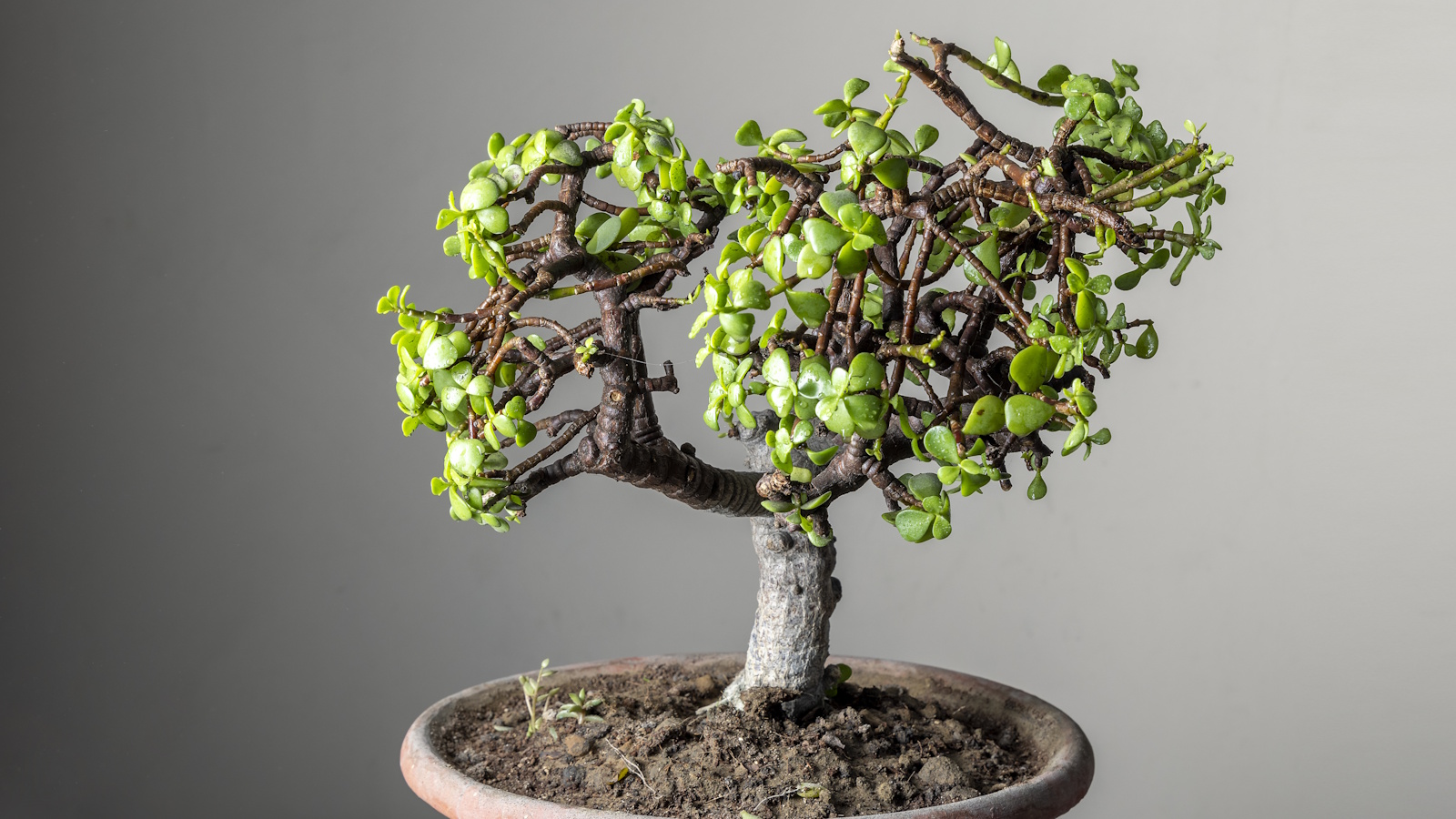 5 bonsai mistakes plant experts say are killing your mini arboretum – and how to never make them again
5 bonsai mistakes plant experts say are killing your mini arboretum – and how to never make them againThe art of bonsai takes some time to master, so don't feel disheartened if you end up making one of these common errors
By Tenielle Jordison Published
-
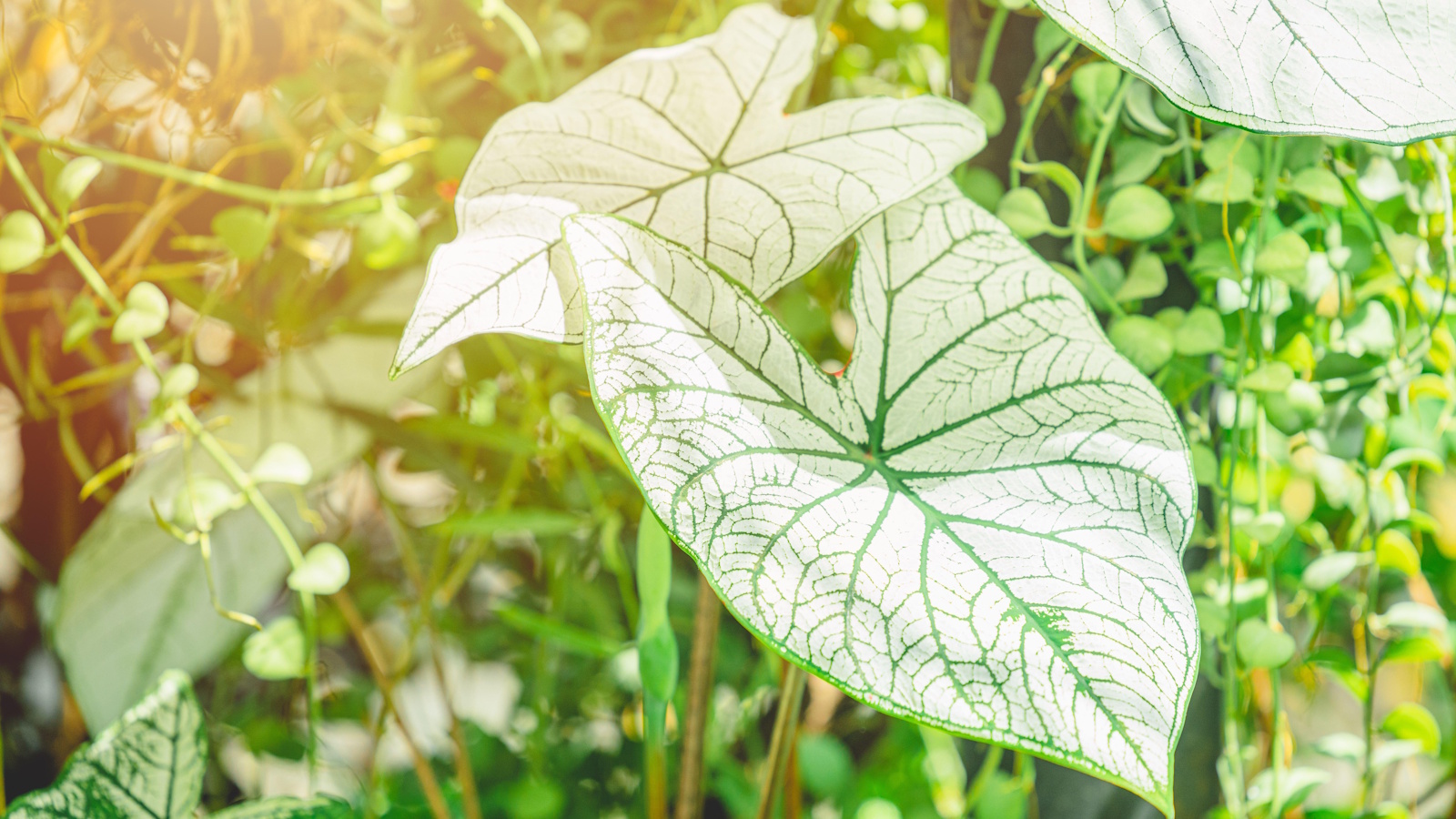 Can you grow alocasia outdoors? Plant experts reveal how to add this statement houseplant to your yard
Can you grow alocasia outdoors? Plant experts reveal how to add this statement houseplant to your yardIn the right climate, alocasia plants can add jungle foliage to your garden landscape
By Tenielle Jordison Published
-
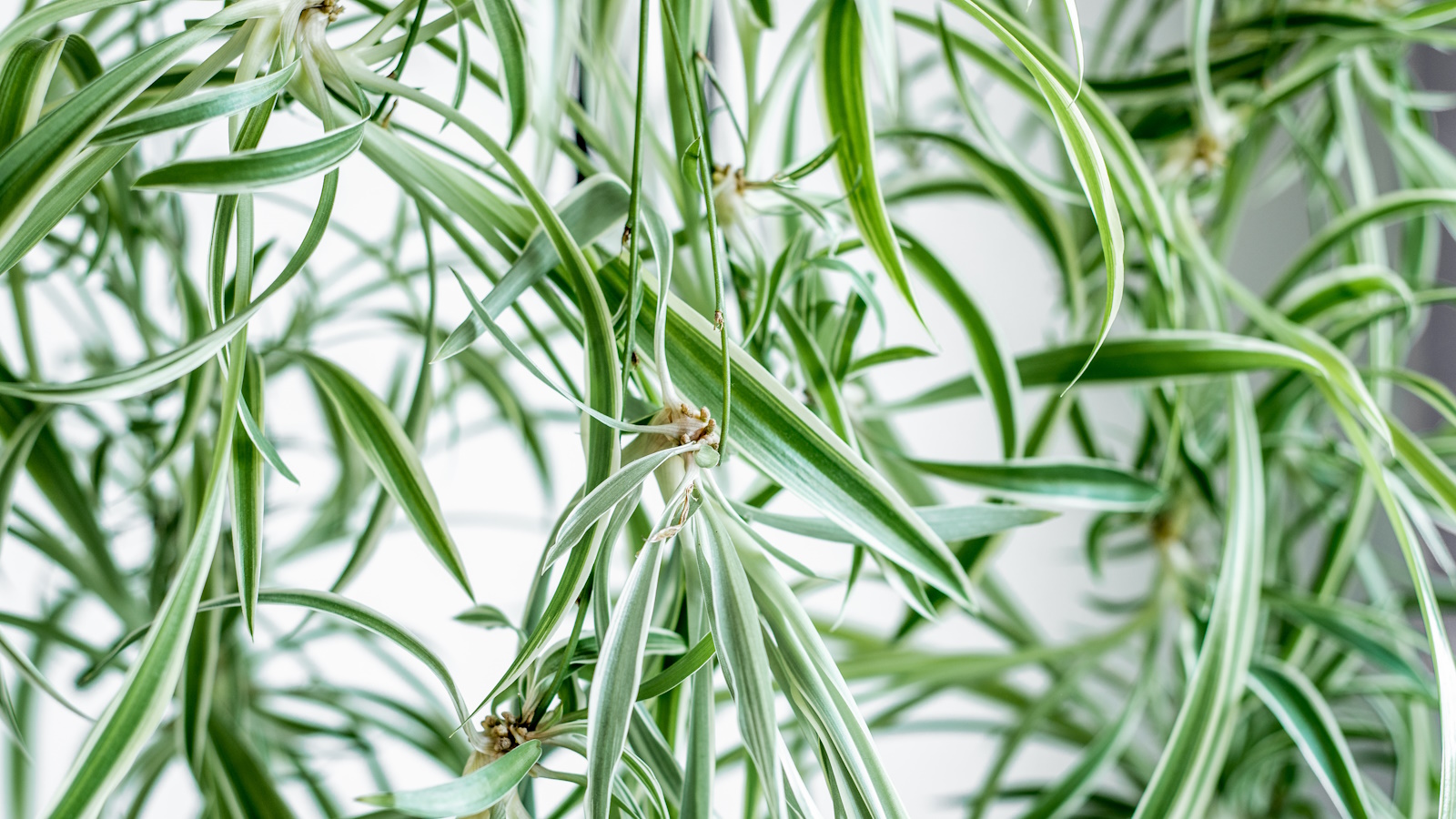 I grew my spider plant into a trailing, botanical feature in my home and I'm never styling it differently again – 3 expert tips for turning spiderettes into a green spectacle
I grew my spider plant into a trailing, botanical feature in my home and I'm never styling it differently again – 3 expert tips for turning spiderettes into a green spectacleCascading spiderettes have brought an elegant touch to my houseplant display
By Tenielle Jordison Published
-
 Why is my pothos drooping? A plant expert reveals 3 common causes and exactly how to perk up this houseplant again
Why is my pothos drooping? A plant expert reveals 3 common causes and exactly how to perk up this houseplant againSimple adjustments will quickly rectify these errors
By Tenielle Jordison Published